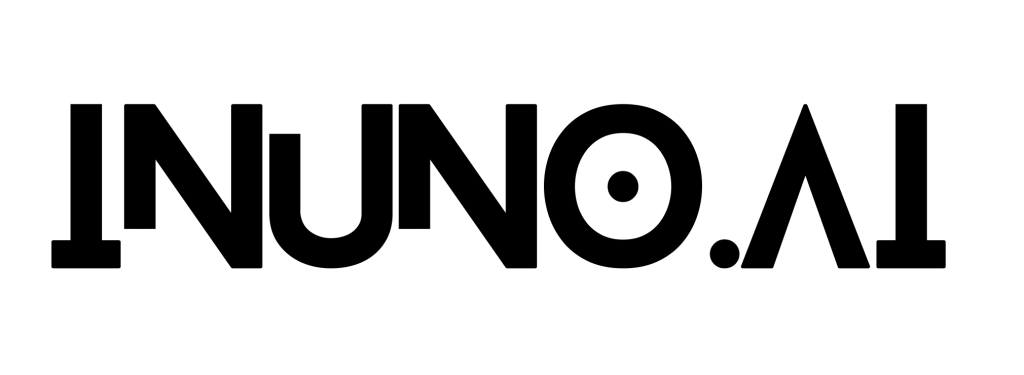Get stories like this delivered straight to your inbox. Sign up for The 74 Newsletter
Over recent years, the quality of math instruction in the U.S. has improved, with over half of teachers using high-quality instructional materials (HQIM) weekly. These resources provide challenging grade-level content, designed to engage students.
However, as the most recent eighth-grade NAEP results vividly illustrate, many young people who begin the school year behind are falling even further back: The test showed a sharp decrease in proficiency levels for those at the 25th and 10th percentiles. That’s because math is cumulative — what’s learned in one year is foundational to what’s taught in the next. Miss out on key concepts in one grade (as many did during the pandemic), and learning gaps can snowball for many more.
HQIM is not designed to address unfinished learning from prior years. As a result, math educators have the massive challenge of both teaching grade-level material and addressing students’ individual needs. To cope, they often simplify HQIM, use less rigorous materials or abandon recommended teaching methods. These approaches both dilute HQIM’s benefits and perpetuate unfinished learning.
During regular, grade-level math lessons, otherwise known as Tier 1 instruction, some schools now use software to tackle learning gaps. While this can help, significant gaps may require additional dedicated support, called Tier 2 instruction.
Tier 2 instruction aims to help struggling students catch up, but it often misses the mark. It may replicate Tier 1 lessons without addressing gaps or focus too narrowly on basic skills without connecting them to grade-level material. This disconnect makes it harder for students to bridge their knowledge gaps.
Moreover, Tier 2 teachers face diverse student needs, with gaps spanning multiple years or skills. Without proper resources, they rely on guesswork, leading to inconsistent results. That’s why a more cohesive and structured approach to Tier 2 instruction is essential.
To ensure HQIM is effective, schools need three key elements: time, actionable data and flexible instructional content.
Effective Tier 2 instruction first requires dedicated, structured time that is properly and consistently staffed. Schools might allocate part of the core math block, additional supplemental periods or even after-school sessions. It’s also crucial to establish a team of Tier 2 instructors and promote collaboration between Tier 1 and Tier 2 teachers to align their goals and efforts.
Second, both Tier 1 and Tier 2 teachers need accurate, timely information to understand students’ learning gaps. Diagnostic assessments at the start of the year or before each unit can pinpoint missing foundational skills so Tier 2 lessons can connect to the grade-level topics covered in Tier 1. Once the school year begins, the use of skill-level assessments across both Tier 1 and Tier 2 can help to ensure a real-time and shared understanding of each student’s unique learning profile. If these kinds of diagnostic and skill-level assessment tools aren’t available, teachers will need to connect the results of students’ prior assessments to the prerequisite skills required in future curriculum units — a time-consuming but invaluable process.
Lastly, Tier 2 instructors will often require instructional content that can address students’ relevant learning gaps from the current or prior school years. That may include HQIM lessons from earlier grades as well as the use of high-quality instructional software that students can use independently and that is compatible with their Tier 1 curriculum.
HQIM has raised the bar for math education, replacing inconsistent curricula with rigorous, equitable standards. For too long, students were subjected to fragmented and inconsistent curricula that did little to ensure equity or rigor. HQIM has changed that narrative, setting a higher bar for what students can achieve.
However, to fully realize the potential of HQIM, the education system must evolve further. The next step — HQIM 2.0 — requires integrating diagnostic data, flexible instructional content and robust support systems to meet the needs of all learners. This approach will allow schools to maintain high expectations while addressing individual student needs across both Tier 1 and Tier 2 instruction.
By focusing on these foundational changes, schools can create a more coherent and effective approach to math instruction.
Get stories like these delivered straight to your inbox. Sign up for The 74 Newsletter







